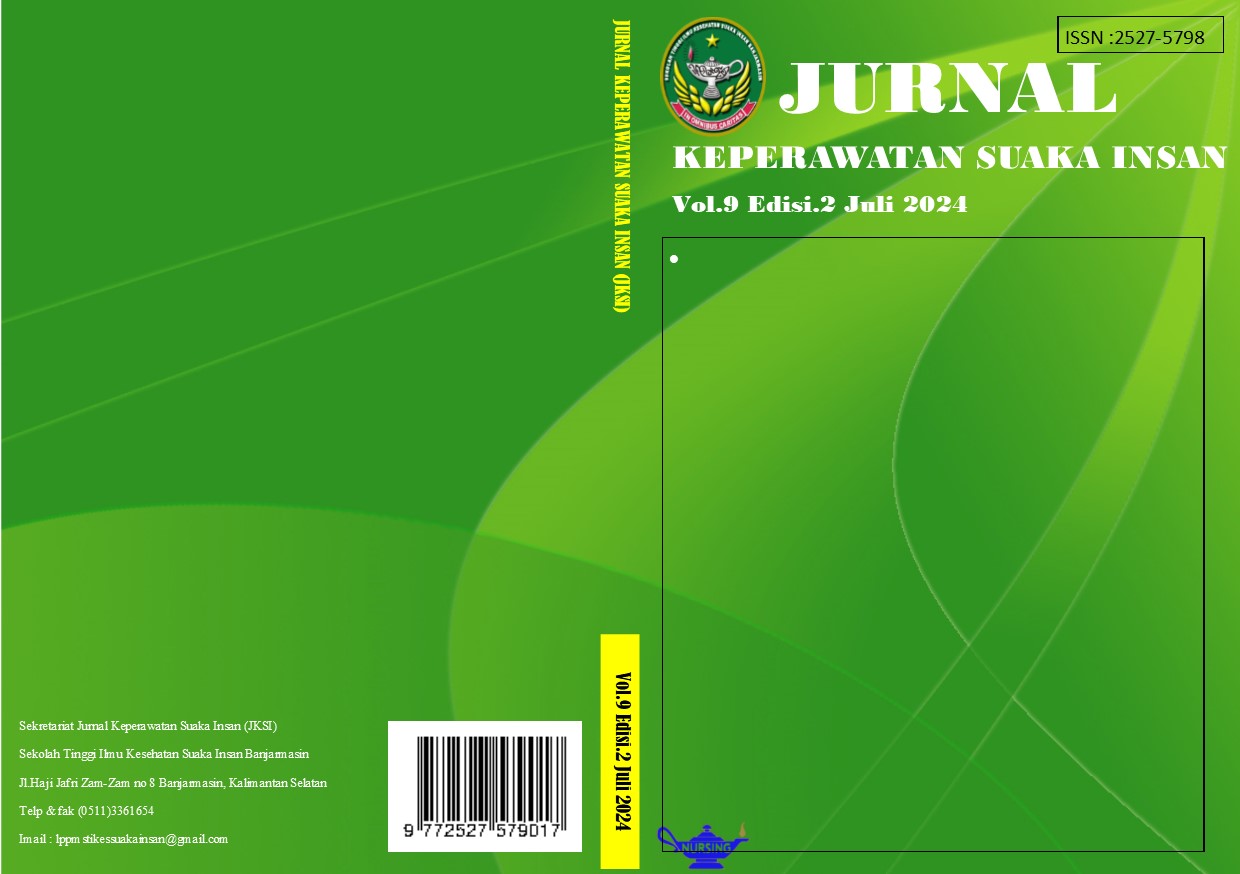Soursop (Annona Muricata Linn) Leaf Decoction as an Adjunctive Therapy for Lowering Blood Pressure in Hypertensive Women of Reproductive Age: A Quasi-Experimental Study
DOI:
https://doi.org/10.51143/jksi.v10i2.918Keywords:
Blood Pressure, Hypertension, Women of Reproductive Age, Soursop Leaf Decoction, Non-Pharmacological TherapyAbstract
Hypertension is one of the non-communicable diseases often referred to as a “silent killer”. In women of reproductive age, it is commonly caused by unhealthy lifestyle behaviors and hormonal imbalances. Hypertension can be managed through non-pharmacological therapies. One such therapy is consuming a decoction of soursop leaves. The intervention provided was an adjunct therapy to pharmacological treatment. This study aimed to investigate the effect of soursop leaf decoction on blood pressure among women of reproductive age with hypertension in the working area of Martapura 1 Health Center. A quantitative quasi-experimental method was used with a pre-test and post-test repeated measures design. The study involved 40 respondents selected through purposive sampling. Data were analyzed using the Wilcoxon test. The results showed a significant effect of soursop leaf decoction on both systolic and diastolic blood pressure, with a p-value of 0.000 (p < 0.005). These findings suggest that soursop leaf decoction effectively lowers blood pressure in hypertension women of reproductive age in the working area of Martapura 1 Health Center. This therapy is expected to serve as a potential alternative treatment for managing blood pressure in women of reproductive age with hypertension.
Downloads
Published
How to Cite
Issue
Section
License
Copyright (c) 2025 Fir'ad Setya Nugraha, Martini Nur Sukmawaty, Iis Pusparina, Raziansyah Raziansyah

This work is licensed under a Creative Commons Attribution 4.0 International License.
Authors who publish with Jurnal Keperawatan Suaka Insan (JKSI) agree to the following terms:
1) Authors retain copyright and grant Jurnal Keperawatan Suaka Insan (JKSI) right of first publication with the work simultaneously licensed under a Creative Commons Attribution License CC BY that allows others to remix, adapt, and build upon the work with an acknowledgment of the work’s authorship and initial publication in this journal.
2) Authors are able to enter into separate, additional contractual arrangements for the non-exclusive distribution of the journal’s published version of the work (e.g., submit it to an institutional repository or publish it in a book), with an acknowledgment of its initial publication in this journal.
3)Authors are permitted and encouraged to post their work online (e.g., in institutional repositories or on their website) prior to and during the submission process, as this can lead to productive exchanges, as well as earlier and greater citation of published work (see the discussion about The Effect of Open Access).











